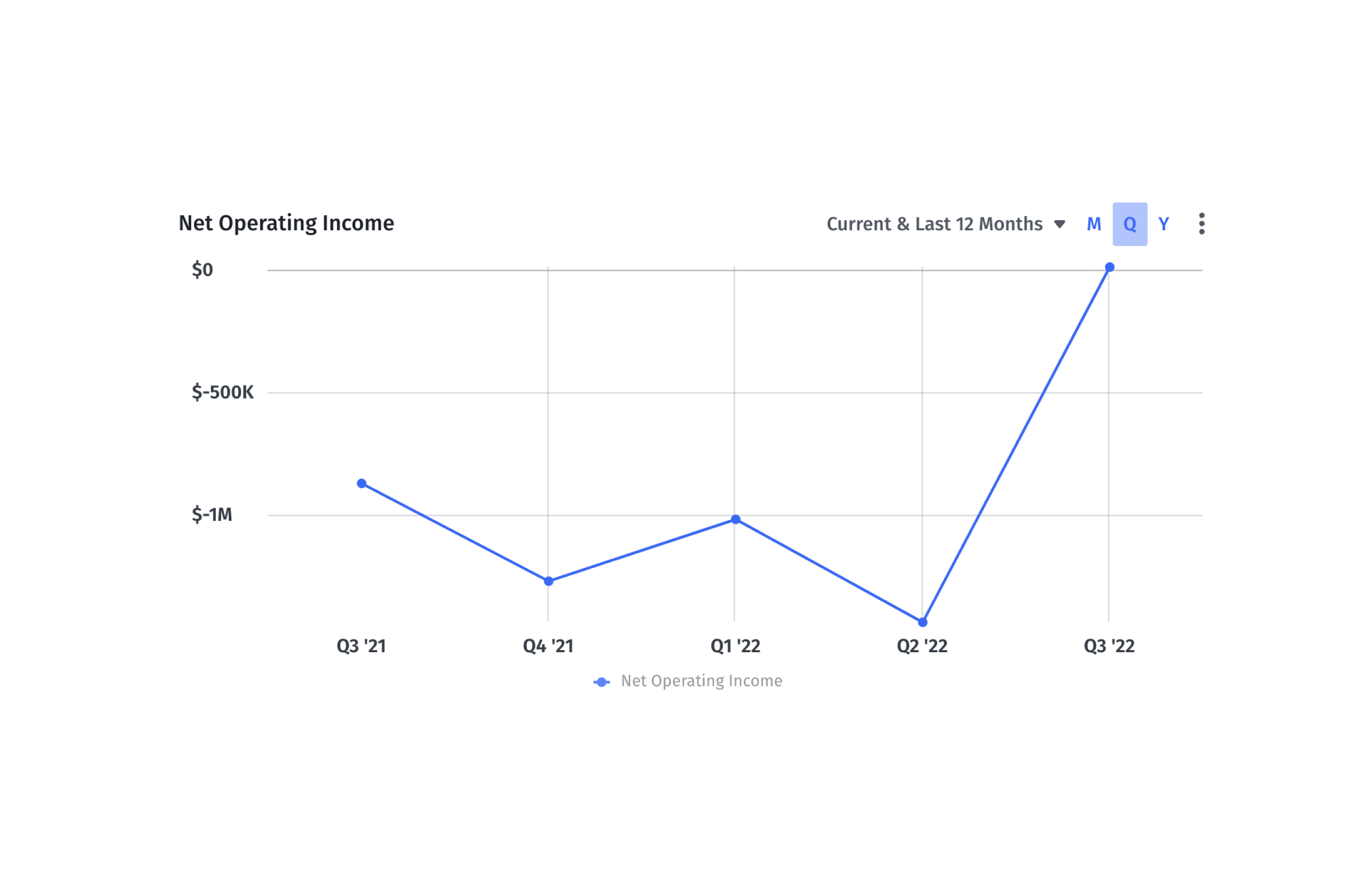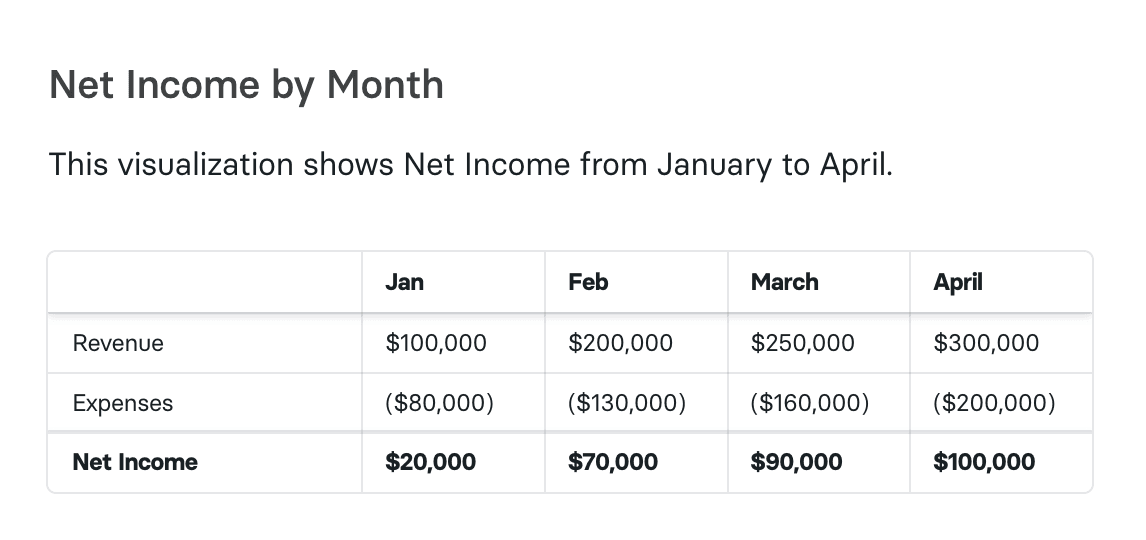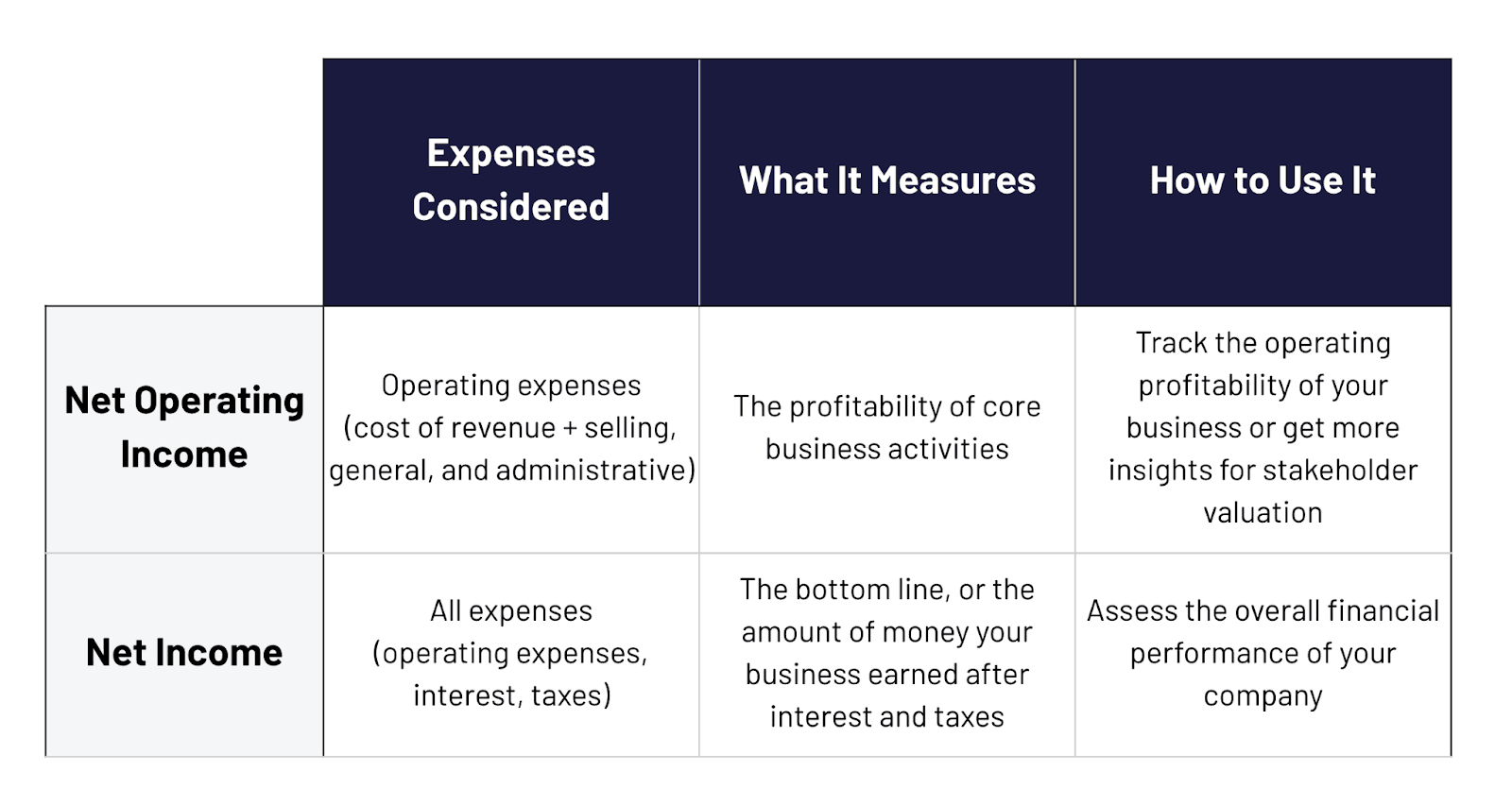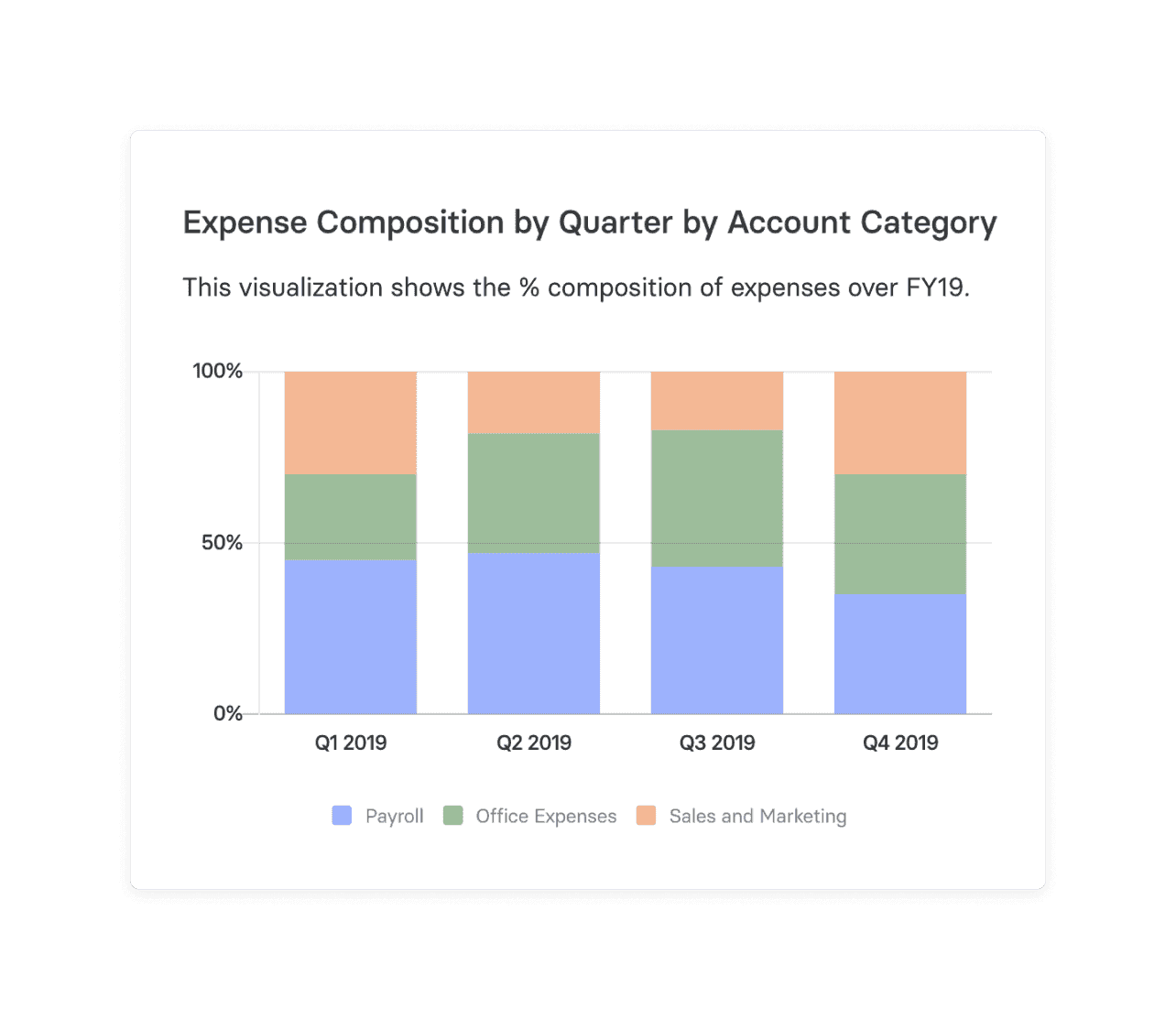Net Operating Income Calculation Guide
What Is Net Operating Income?
Net Operating Income determines how profitable an investment or asset is by taking the income from the asset and subtracting the cost of running it. This metric is used mainly by commercial real estate investors, like rental properties and apartment complexes, but it is also relevant for SaaS businesses. NOI shows how well a business does before considering interest, taxes, and debts.

Categories
Table of Contents
How To Calculate Net Operating Income
To calculate net operating income, you need to subtract the cost of running your business (operating expenses) from your gross operating income.

In this equation:
- Gross Operating Income (GOI) refers to your net income from business operations or total revenue from sales minus the cost of goods sold (COGS).
- Operating Expenses (OpEx) include all the costs directly associated with running your business, such as rent, payroll, and property taxes.
Net Operating Income Calculator
Your net operating income
$0
Net Operating Income Example
Say you had a gross operating income of $300,000 and the following expenses in the last quarter:
Total Expenses = $325,000, broken down as:
- Payroll = $100,000
- Rent = $35,000
- Sales and Marketing = $85,000
- Debt payments = $50,000
- Income taxes = $55,000
Your total operating costs include only payroll, rent, and sales and marketing, which total $220,000. When you plug that into the net operating income formula, you get
NOI = Gross Operating Income – Operating Expenses
NOI = $300,000 – $220,000
NOI = $80,000
What Costs Are Not Included in Net Operating Income?
Net operating income only looks at the revenue earned from your core business activities and your total operating expenses.
It doesn’t include costs related to financing the business or income taxes.
Specifically, net operating income doesn’t include
- Debt payments: Interest on loans and the principal payments. These are related to financing the business and are not part of the core business model.
- Income taxes: This is a cost of being a business owner rather than running the business.
- Depreciation: Depreciation is not an actual expense. You’ll only consider it during the sale or purchase of an asset.
- Capital expenditures: Big buys are not part of the business, as they are related to the investment activities, not the core business operations. Examples include buying new machinery, office furniture, and maintenance.
- Amortization: This refers to the accounting practice of spreading out loan payments over time. Amortization comes with debt and isn’t included in NOI calculations.
When looking at income sources, net operating income only uses sales revenue. In other words, it doesn’t include income from non-core business activities, such as the sale of an asset, rental income, or investment earnings.
Net Operating Income vs. Net Income: Crucial Differences
While taking away operating expenses from gross revenue gives you the net operating income, net income refers to the difference between all business revenue and all business expenses.

These terms are different in meaning and shouldn’t be used interchangeably. Use each where necessary and with the right formula.

Since debt expenses can turn positive net operating income into a net loss, looking at operating income is especially useful for young SaaS companies relying on debt financing.
Net Income Example
If we use the same information from the previous example:
Gross Operating Income = $300,000
Total Expenses = $325,000
Then your net income would be:
Net Income = Gross Operating Income – Total Expenses
Net Income = $300,000 – $325,000
Net Income = –$25,000
After accounting for debt and tax provisions, your bottom line is a net loss of $25,000 for the quarter. This is despite having a net operating income of $80,000.
That’s why looking at the difference between top-line and bottom-line growth is crucial. It lets you determine if your core business is profitable without counting interest expenses or income tax liability.
Best Practices to Increase Net Operating Income
At a high level, you have two possible approaches for improving net operating income: increase revenue or decrease operating expenses.
Increase Revenue
There are several approaches you can take to increase revenue, such as increasing sales volume by ramping new AEs, introducing new products, and changing your SaaS pricing strategy.
When thinking long-term about your net operating income, consider the financial efficiency of your approach and look for strategies that offer the highest potential return on investment.
Instead of automatically thinking you need to increase the size of your sales force, consider strategies such as product-led growth (PLG). One study found that PLG companies generate 1.7x more gross profit than primarily sales-led organizations.
You can hone in on metrics that boost growth, including net recurring revenue (NRR). SaaS companies with an NRR of 110% or higher are more likely to reach or exceed the Rule of 40 growth benchmark than those with lower retention.
Finally, you can change your pricing structure by opting for usage-based pricing and introducing longer contract terms to improve revenue growth and retention.
Decrease Operating Expenses
Running your business more efficiently is another way to improve net operating income. One way to reduce operating expenses is by reducing your spending on extra business expenses such as unused subscriptions and privileges.
Then, you can perform a cash flow analysis or, more specifically, look at your expense composition to identify your most significant cost drivers and focus on reducing them.

For instance, you can reduce payroll expenses by hiring freelancers instead of full-time employees.
Ultimately, you can only reduce costs so much. So it’s essential to focus on optimizing both sides of the equation.
Tracking your revenue sources, renewal rates, and cost drivers over time will help you notice trends that affect your NOI and look for opportunities to improve it.
How to Stay on Top of Your Net Operating Income With Mosaic
Net operating income is a core profitability metric for tracking the health of an organization. But like most other financial metrics, it’s only as valuable as the context you put around it.
A holistic view of operational metrics & KPIs is critical to strategic decision-making about sustainable growth and continuing down the path to profitability.
Mosaic connects to your critical source systems — your ERP, HRIS, CRM, and billing systems — to create a connective tissue across all financial data in your org. That connective tissue is what helps you gain the holistic view a strategic finance leader needs to thrive in their role.
Request a demo today, and our team will show you how to take advantage of Mosaic features to make better and more informed business decisions.
Get From Data to Decision in Real-Time
Net Operating Income FAQs
Is Net Operating Income the same as EBIT?
Net operating income vs EBITDA. Net operating income is similar to EBIT since they both deduct operating expenses from gross income. NOI, however, does not include the cost of income taxes, while EBIT does.
Can Net Operating Income be negative?
How is NOI used in real estate?
Explore Related Metrics
Own the of your business.




